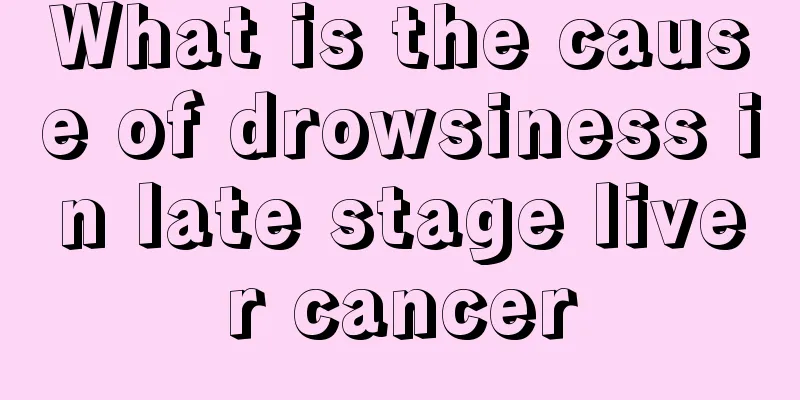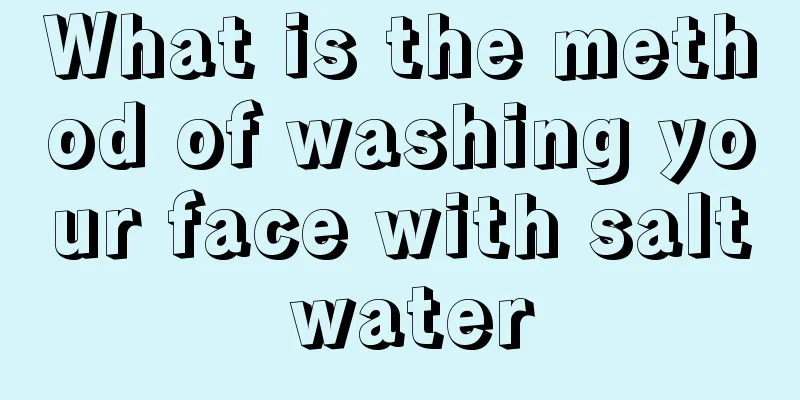What are the clinical manifestations of facial nerve injury

|
Once the facial nerve of the human body is damaged, if it is not treated in time, it will develop into facial paralysis, which will cause the patient to experience symptoms such as disappearance of forehead wrinkles, widening of palpebral fissures, or drooping of corners of the mouth. According to professional investigations, psychological factors can also induce facial paralysis. Before the onset of the disease, patients are very tired and lack sleep. What are the clinical manifestations of facial nerve injury? First, what are the clinical manifestations of facial nerve injury? Early symptoms: Frontalis muscle paralysis can cause the inability to frown, the eyebrows are lower than the healthy side, the palpebral fissure becomes larger, and the forehead wrinkles become lighter or disappear. Paralysis of the orbicularis oculi muscle can cause the eyelids to be unable to close. When you close your eyes forcefully, the eyeballs will roll outward and upward, exposing the sclera. Late symptoms: Paralysis of the buccinator muscles causes the corners of the mouth to droop when the mouth is closed, air leaks from the cheeks when puffed out, the nasolabial groove becomes shallower, the person cannot whistle, and food remains between the cheek and gums when eating. Second, most patients who generally recover well will show positive electrical responses within a few days to three weeks after the injury. If there is still no sign of recovery 6 to 8 weeks after the injury, the outcome will be poor. Fortunately, about 75% of facial nerve injuries can be recovered, about 15% can be partially recovered, and only 10% will have permanent facial muscle paralysis. Third, the treatment of facial nerve injury. Since the possibility of recovery after facial nerve injury is relatively high, early treatment should be based on non-surgical treatment, using dexamethasone and appropriate dehydration to reduce traumatic reaction and local edema, and giving neurotrophic drugs and calcium blockers to improve nerve metabolism and vascular blood supply, which can often promote nerve function recovery. Surgical treatment is only used for patients whose nerves have been severed or whose severe facial paralysis has not responded to 4 to 6 months of non-surgical treatment. Its purpose is not only to restore the motor function of the facial muscles, but also to correct the appearance and relieve the psychological pressure of patients. There have been successful reports of intracranial reconstruction of facial nerve accidentally injured during surgery; however, there are no reports of reconstruction of traumatic facial paralysis. What are the clinical manifestations of facial nerve injury? In the early-onset type, facial muscle paralysis occurs immediately after the injury, the affected side loses expression, the eyelids do not close completely, and the corners of the mouth lean toward the healthy side, which is more obvious when crying or laughing. The affected eye often has exposure keratitis. If the facial nerve is damaged proximal to the chorda tympani nerve, the taste sensation of the anterior 2/3 of the tongue on the same side will also be lost. In the delayed-onset type, facial paralysis often occurs 5 to 7 days after injury, mostly due to bleeding, ischemia, edema or compression, and the prognosis is good. |
<<: What are the symptoms of facial neuritis during the recovery period
>>: What are the differences between facial neuritis and facial paralysis
Recommend
What causes intestinal gas?
In life, many people may have had this experience...
What topical medications can be used for fibroids
Fibroids are extremely harmful and can even threa...
Doing more prone exercises can prevent cervical spondylosis
The M-shaped exercise, crawling therapy, yoga exe...
The third generation of thyrotropin is low
Thyrotropin is a hormone that each of us has, and...
How long can you live with grade 2 breast cancer
People all know the harm of breast cancer. If the...
What are the early symptoms of brain tumor and brain cancer
Benign tumors grow slowly in the early stages and...
How long can one live with advanced gastric stump cancer
Gastric stump cancer is a common malignant tumor ...
What's wrong with lupus erythematosus having proteinuria
Systemic lupus erythematosus is a relatively comm...
The advantages and disadvantages of standing on tiptoe
The benefits of standing on tiptoe are mainly to ...
What is the reason for spots on the forehead
Many people have spots on their foreheads, which ...
Cervical Medicinal Pillow Recipe
Cervical spondylosis is a disease that many peopl...
What should I do if I have dry intestines and constipation
Dry bowel constipation is a common problem, so if...
How to prevent recurrence of pancreatic cancer
How to prevent pancreatic cancer recurrence? Panc...
What will happen if you eat seafood after getting a face-lift injection
For many women who love beauty, getting a satisfa...
Recovery after rhinoplasty prosthesis removal
Although rhinoplasty is a surgery with a relative...









